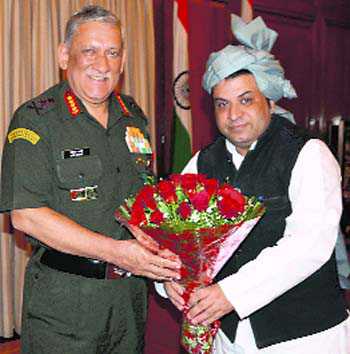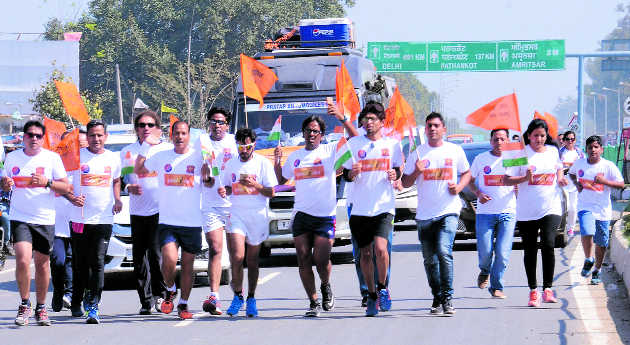NEW DELHI: BSF trooper Tej Bahadur Yadav is back with a fresh video.
Yadav, whose self-shot videos about bad quality food served to jawans went viral, has now appealed to Prime Minister Narendra Modi for support, saying he is being mentally tortured as he exposed corruption in the force.
“The new video started circulating on WhatsApp around five days ago. Now, it has found its way to social media. The video was shot when his wife went to meet him in Jammu, following a petition in this regard in the Delhi high court. The curtains shown in the video are the ones put on the windows of the Jammu guesthouse where the meeting took place in the second week of February,” said a senior Border Security Force (BSF) official.
The Union home ministry has taken serious note of the fresh video put out by Yadav, with a senior official terming it “gross indiscipline”.
In the new video, the BSF trooper alleges that his phone was taken away on January 10 and may have been tampered with to show that he has contacts in Pakistan.
“Please don’t trust these rumours and believe only when I put out a video,” he says. He also complained that his voluntary retirement application has been cancelled.
However, the BSF official said Yadav’s phone was taken away as part of the court of inquiry proceedings because it is material evidence.
“When his wife went to meet him, she presented him a new phone that he is using. No work has been assigned to him and there are no restrictions on his movement also. There is due process of inquiry and his voluntary retirement application cannot be processed now due to pending inquiry against him,” said the official.
The video appears to be edited and captioned, indicating a professional effort behind it.
DISGRUNTLED JAWAN’S CASE
adav was deployed at a high-altitude base at the LoC when he put out selfie videos alleging that the ration meant for jawans was being diverted to the open market by seniors and jawans are getting sub-standard food
After the videos went viral, a court of inquiry was instituted. Yadav had complained about the lack of ‘tadka’ (tempering) in dal. Thus, the inquiry has also looked into the availability of ingredients such as cumin, ginger, onion and garlic at the base.






























































 REUTERS
REUTERS

























































